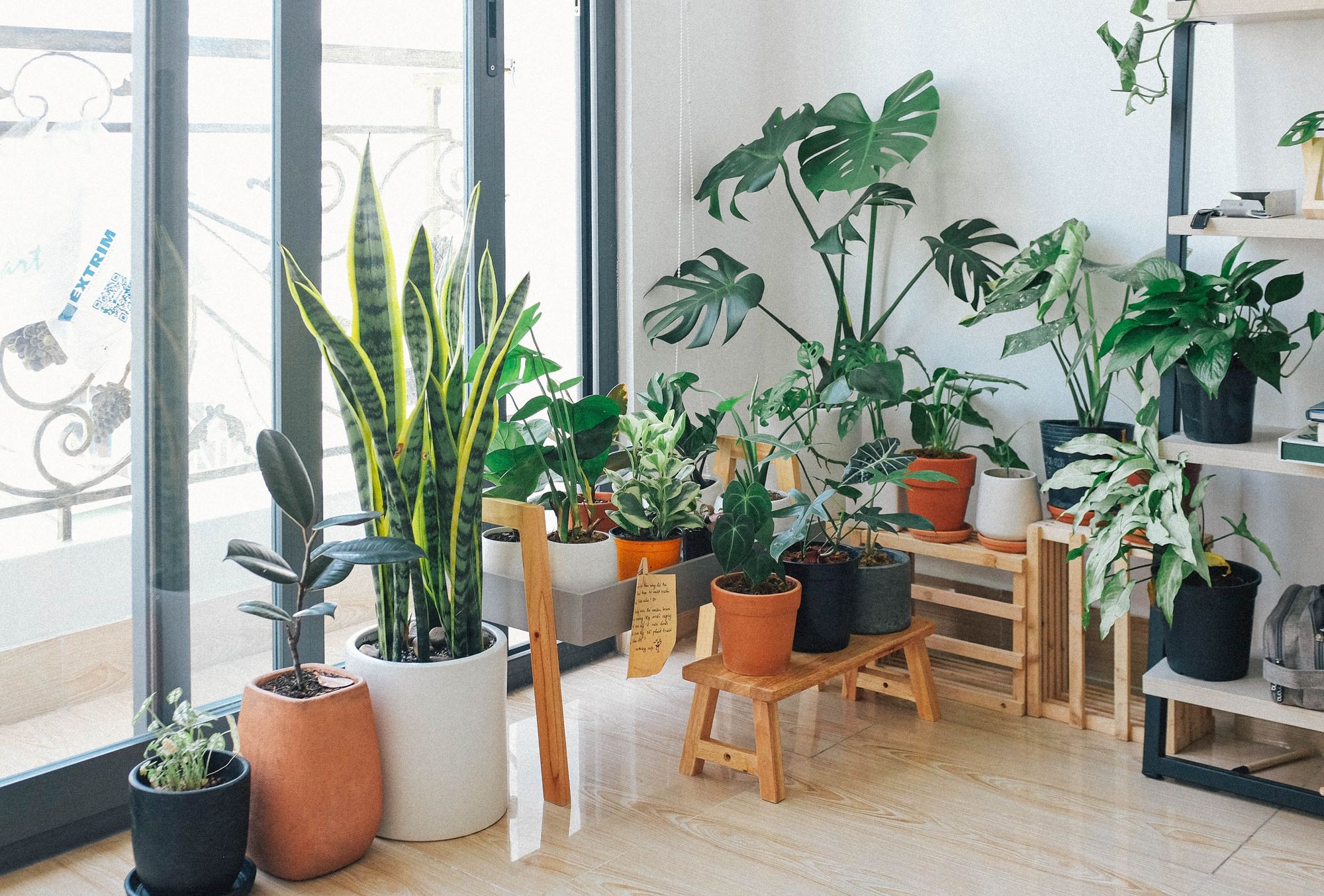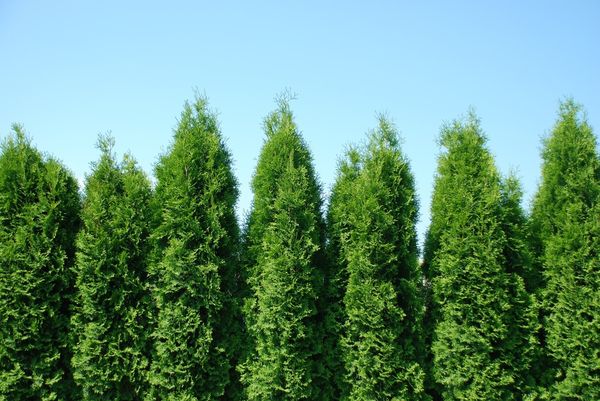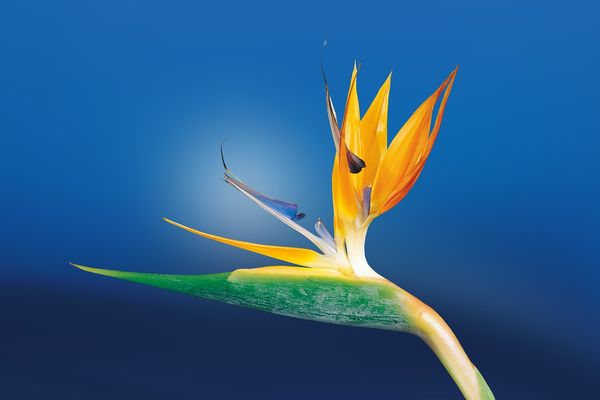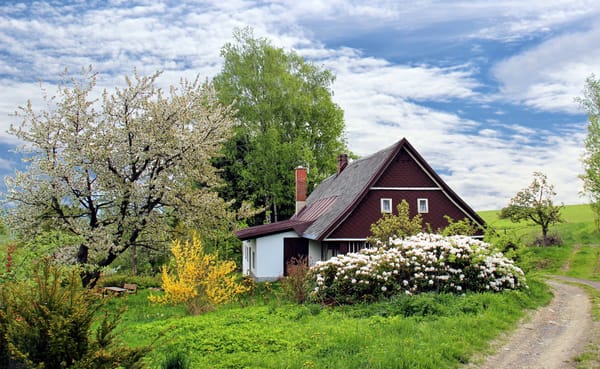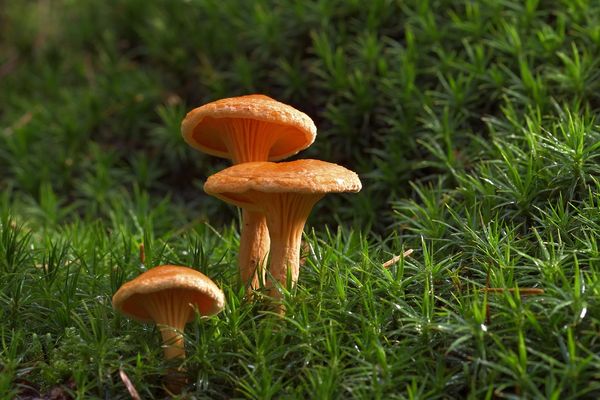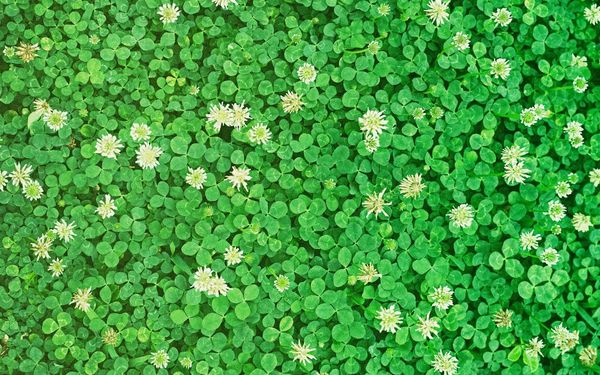Planting isn't merely about sowing seeds into the earth; it's about nurturing a bond with nature. However, in today's fast-paced world, not everyone has the time or knowledge to adequately water their plants.
This is where self-watering planters come in. These innovative gardening tools are becoming increasingly popular among green-thumbed enthusiasts and urban dwellers alike, offering a solution for the busy modern gardener.
How do Self-Watering Planters Work?
Understanding the mechanics behind self-watering planters is the first step in appreciating their utility. Each self-watering planter is equipped with a reservoir that stores water. This reservoir is typically located at the bottom of the planter, separated from the main compartment by a wick or a platform with small holes.
The concept is based on the simple science of capillary action. When the soil in the planter dries out, it pulls water up from the reservoir via the wick or through the platform's small holes. As a result, the plant receives the exact amount of water it needs, right when it needs it. This automation not only reduces the chances of overwatering or underwatering but also encourages healthier root development, leading to more vigorous plants.
Environmental Benefits of Self-Watering Planters
Next, let's delve into the environmental implications. Traditional watering methods often lead to wastage. Self-watering planters, on the other hand, conserve water by only using the precise amount required by the plant. This feature becomes especially crucial in areas affected by drought or in times when water conservation is necessary.
Convenience and Time-Savings
Apart from environmental benefits, self-watering planters offer remarkable convenience. They are a perfect fit for those who love greenery but have a packed schedule or frequent travel commitments. Some self-watering planters can sustain plants for up to two weeks, eliminating the need for daily watering. Thus, these planters offer an easy way to maintain a garden, regardless of one's lifestyle.
Variety and Aesthetics
Self-watering planters are not just about practicality; they also bring a touch of style to your home or garden. Available in a myriad of shapes, sizes, and colors, they can effortlessly blend in with any décor or theme. Whether you prefer the look of a classic terracotta pot, a sleek modern design, or a whimsical pattern, you're sure to find a self-watering planter that complements your aesthetic.
Improved Plant Health
Last but certainly not least, self-watering planters contribute significantly to the health and vitality of plants. By providing consistent moisture levels, they help prevent common plant ailments associated with inconsistent watering, such as root rot or drought stress. Plants are thus less prone to disease, grow more robustly, and offer a greater yield in the case of vegetable and fruit-bearing varieties.
Tips for Choosing and Using Self-Watering Planters
When selecting a self-watering planter, consider the type of plants you want to grow. Different plants have unique watering requirements, so ensure the self-watering planter you choose aligns with your plants' needs. Also, bear in mind the size of the plant; larger plants will require a planter with a larger water reservoir to sustain them.
After acquiring your self-watering planter, don't forget to fill the reservoir regularly. The interval between refills depends on the type and size of the plant and the climate in your area. Some self-watering planters feature a water level indicator, making it easy to know when it's time for a refill.
Incorporating Self-Watering Planters into Your Gardening Routine
Self-watering planters can be a game-changer for your gardening routine. They're ideal for those who are new to gardening and may not be sure how often to water their plants. At the same time, they offer an excellent solution for experienced gardeners looking to optimize their watering and reduce time spent on this task.
Remember, though, that self-watering planters should supplement, not replace, your regular plant care routine. Despite their name, these planters don't make watering entirely hands-off. You'll still need to refill the reservoir, and you may want to water the surface of the soil occasionally to wash away any accumulated salts.
Conclusion
Plant's Roots on Hanging Planter
Self-watering planters are an exceptional gardening innovation that offers convenience, sustainability, and improved plant health. They take the guesswork out of watering and provide an optimal environment for plant growth, making them a valuable tool for both novice and experienced gardeners.
Whether you're an urban dweller seeking to infuse some green into your space, a busy individual struggling to find time for plant care, or a dedicated gardener looking for ways to optimize your garden's health and productivity, self-watering planters are a solution worth considering. Explore the vast range available on the market today, and you're sure to find one that meets your needs and complements your style.
Self-watering planters are a fantastic innovation for indoor plants, including house plants and tropical varieties. Many self-watering planters offer an excellent solution to keep the soil moist without making it waterlogged. They typically feature drainage holes that allow excess water to escape, preventing plant roots from sitting in water and developing diseases like root rot. This mechanism ensures that your indoor plants, including those with more demanding watering needs like tropical plants, receive exactly how much water they need.
If you're looking to incorporate hanging planters in your home, you'll be glad to know that there are many hanging self-watering pot options available. They enable your plants to hydrate at their own pace, allowing for healthier and more robust growth. So, whether you're a seasoned gardener or a novice, investing in the best self-watering planters can transform your indoor gardening experience, leading to flourishing, vibrant houseplants that brighten up your living space.

